Many Asia- Pacific countries have begun preparing for the possibility that Mr. Trump could return to the White House. For Vietnam, the most important impact of Mr. Trump’s potential return could come from the trade sector.
US President Donald Trump in Hanoi , November 11, 2017, during his official visit to Vietnam. Photo: Jonathan Ernst / Reuters
Recent political developments in the US, especially after the debate between Donald Trump and Joe Biden, are causing many observers to predict the possibility of Mr. Trump's return. Even major reputable US newspapers such as the New York Times and CNN, which tend to support the Democratic candidate, have begun to warn about the possibility of President Biden's defeat in the upcoming November election.
Faced with this prospect, many Asia-Pacific countries have prepared scenarios for Mr. Trump’s return. From Manila to Tokyo, a series of conferences organized by Asian governments in 2024 have attracted experts to predict the direction of US policy if Donald Trump returns to the White House.
The featured speakers at these conferences included former Trump officials and those who are expected to be appointed to key positions in the next Trump administration. For example, the Asia Leadership Conference (ALC) invited Mike Pompeo, former US Secretary of State under Trump, to speak. The World Knowledge Forum 2024 in South Korea also featured John Kelly, former White House Chief of Staff. Their “America First”-oriented talks provided important hints about potential US policy in the next four years, helping countries in the region prepare accordingly.
Allies that rely on the US security network in the Asia-Pacific, such as Japan and South Korea, are stepping up negotiations to restructure their defense burden-sharing arrangements. The goal is to reduce the risk of President Trump demanding cuts to the US defense budget for the region, which amounts to billions of dollars a year. This joint effort also includes strengthening the AUKUS security agreement between Australia, the UK and the US to develop nuclear submarines; promoting the Indo-Pacific Economic Framework to build resilient and sustainable supply chains in the region.
For Vietnam, the most significant impact of Mr. Trump’s potential return could come from trade, a concern shared by many countries in the region that have strong bilateral trade ties with the United States, such as Thailand, Malaysia, and especially Vietnam – the country with the largest trade turnover with the United States in Southeast Asia.
Source: Francesco Guarascio / Reuters
Notes from Vietnam-US trade
Under the Biden administration, the US has stepped up efforts to reduce its trade dependence on China by adopting measures such as increased tariffs and export controls. Most recently, in May 2024, President Biden announced plans to increase tariffs on Chinese electric vehicles by more than 100%, semiconductors by 50%, and several other products dominated by China, such as solar panels, lithium batteries for electric vehicles, and critical minerals.
These developments have made Vietnam one of the countries with advantages in attracting foreign investment. However, this advantage could also be significantly reduced if Mr. Trump is re-elected. Although more and more businesses are expanding their operations in Vietnam, the majority of foreign companies still rely on parts and components made in China.
Data from the Asian Development Bank (ADB) shows that imported components accounted for about 80% of Vietnam’s electronics exports – a key export item to the US – in 2022. A 2020 report by the Organisation for Economic Co-operation and Development (OECD) also showed that about 90% of intermediate goods imported by Vietnam’s electronics and textile industries for production later became components of export products, much higher than the average in developed countries.
For Biden, maintaining good relations with Vietnam is one of the top priorities in his regional strategy. This is demonstrated by the US's continuous expression of its desire to improve Vietnam-US relations in 2023, especially Biden's visit last September and the two countries' upgrading of relations to a Comprehensive Strategic Partnership.
However, under the Trump administration, the current trade landscape could become one of the key focuses of the US’s Asia-Pacific trade strategy, especially as Vietnam continues to play an important role in the global supply chain and takes over some manufacturing activities from China.
Donald Trump signs executive order withdrawing the United States from the Trans-Pacific Partnership (TPP); Photo: Ron Sachs / Getty Images
Throughout his first term as President, Donald Trump expressed his dissatisfaction with the growing bilateral trade deficit of the United States, seeing it as a sign of the weakness of the domestic economy and exploitation by its economic partners. Based on this belief, Trump implemented a series of policies to rebalance trade relations, protecting domestic industries, but at the same time increasing tensions and instability in global markets.
On his first day in office, Trump withdrew the US from the Trans-Pacific Partnership, asserting his position that the US was suffering from trade surpluses with its partners. He even required that all briefing documents before every meeting or exchange with a foreign leader clearly state whether that country had a trade surplus with the US.
The US trade deficit has increased significantly over the past 30 years; Chart: The Real Economy Blog
Trump’s focus on reducing the trade deficit led to a series of aggressive actions against China that marked the beginning of the US-China trade war in 2018. In March of that year, Trump signed a memorandum directing the US Trade Representative (USTR) to impose tariffs on up to $60 billion in Chinese imports, after a Section 301 investigation concluded that China had engaged in “unfair trade practices,” including intellectual property theft and forced technology transfers.
The first round of tariffs was launched in July 2018, imposing a 25% tariff on $34 billion worth of Chinese imports. In response, Beijing imposed tariffs on the same amount of American products. The trade war continued to escalate, and by September 2018, the US had imposed tariffs on an additional $200 billion worth of Chinese goods, initially at 10% and increasing to 25% in May 2019.
In addition to tariffs, Trump has imposed significant restrictions on the business operations of Chinese technology companies. Most notably in May 2019, when the US Department of Commerce placed Huawei on the “Entity List,” banning the tech giant from purchasing US technology without government approval.
Trump’s trade policy has not only targeted major competitors like China, but has also extended to smaller countries that have significant trade surpluses with the United States, especially those that are perceived to benefit from China’s economic performance. A prime example is the Trump administration’s 2018 tariffs on steel and aluminum imports from around the world, which affected close allies like the European Union, Canada, Australia, and Mexico.
That same year, Trump also pressured South Korea to renegotiate the U.S.-Korea Free Trade Agreement (KORUS), which resulted in the extension of tariffs on Korean-made pickup trucks and increased U.S. auto exports to the South Korean market. These actions demonstrated Trump’s willingness to use trade measures to protect U.S. economic interests, even with partners with whom he has long and close ties.
Illustration photo: Getty Images
Vietnam-US trade under Trump and Biden
Despite maintaining good relations, Vietnam could not avoid trade tensions with the Trump administration during the 2018-2020 period, mainly due to the large US trade deficit with Vietnam, which reached 49.5 billion USD in September 2020, behind only China and Mexico. In October 2020, the Office of the United States Trade Representative (USTR) opened two investigations to determine whether Vietnam manipulated its currency to subsidize exports, putting US companies at a disadvantage.
The move follows the US Treasury Department’s earlier decision to accuse Vietnam of undervaluing its currency and to open an investigation into the imposition of countervailing duties on passenger and light truck tires imported from Vietnam. However, on the last day of former President Trump’s term in office, USTR declared that Vietnam’s currency practices were “unreasonable” but the US would not impose sanctions.
Since then, the Biden administration has refrained from making public statements or taking specific actions related to previous investigations under Trump. Instead, Biden has focused on reducing the trade deficit and promoting economic integration between the two countries, contributing to a stable relationship over the past four years.
Mexico is also facing a similar situation with large investments from China pouring into manufacturing activities there, and has been in Trump's crosshairs. In March 2024, in a speech to voters in Ohio, Trump sent a message to China that "the giant auto plants that you are building in Mexico, don't expect that you will be able to sell to the United States without hiring Americans."
Perhaps this statement should be understood as a warning to countries in similar situations.
Trump speaks at a campaign event in Houston in November 2023. Photo: Michael Wyke / AP
Antidumping measures have been used frequently during President Trump’s first term. In 2018, the US Department of Commerce initiated 122 investigations and proposed antidumping and countervailing duties on a variety of imports. These measures affected 31 countries and approximately $12 billion worth of goods imported into the US.
Previous US administrations, both Democratic and Republican, have used similar trade restrictions. In 1990, the Clinton administration used Section 301 of the Trade Act to impose tariffs on Japanese imports to address trade imbalances and intellectual property infringement. In 2002, the Bush administration invoked Section 201 to impose tariffs on all steel imports to the US to protect the domestic steel industry. In 2009, the Obama administration imposed tariffs on tires from China under Section 421, also to protect US manufacturers.
However, the approach under the Trump administration is likely to be more aggressive and comprehensive, targeting a broader range of imports and imposing higher tariffs. Like the Biden administration, if re-elected, Trump will also use national security concerns as a justification for imposing trade barriers, and the risk of Vietnam being affected by these policies is very high.
Photo: WTO Center / VCCI
How should Vietnam prepare?
To cope with the complex geopolitical landscape over the next four years and ensure economic growth and stability, Vietnam needs to implement a multi-faceted economic development strategy, including diversifying supply chains, strengthening regional trade relations, and promoting domestic production.
One important step is to diversify the supply chain, reducing over-reliance on goods and intermediate materials from China. Vietnam can seek alternative sources of high-tech components and raw materials from regional countries such as South Korea, Japan and India. Although these countries may not be able to compete with China in terms of production and transportation costs, diversifying supply sources will help Vietnam reduce risks and increase its resilience to fluctuations in the international market, especially when exporting to the US market.
In addition, Vietnam also needs to strengthen trade relations with other major economies such as India, ASEAN countries and China to reduce dependence on the US market and diversify exports. Expanding the market to dynamic and fast-growing economies in the region such as India will bring Vietnam many potential cooperation and investment opportunities. For example, India is predicted to become a major economic power in Asia in the future, and the Indian government's "Act East" policy will facilitate increased trade and investment cooperation between the two countries.
Increasing investment in domestic production of intermediate goods is another important strategy. Developing domestic manufacturing capacity will help Vietnam build a more self-reliant industrial base, reducing its dependence on imported components. The government’s current efforts to encourage FDI in high-tech sectors such as semiconductors and to upgrade the skills of local workers are steps in the right direction to achieve this goal.
Regional experience and Vietnam's unique position
Perhaps one lesson Vietnam can learn from other Asian countries is the success of using a good personal relationship with Donald Trump to advance national interests. Japanese Prime Minister Shinzo Abe befriended Trump during the transition period between his 2016 election and his inauguration in early 2017 – and then used Trump’s call for greater defense cost-sharing among security allies to accelerate Japan’s military buildup. Former South Korean President Moon Jae-in used Trump’s relationship with Kim Jong-un as a springboard to pursue a strategy of engagement with North Korea.
However, Vietnam and other countries in the Asia-Pacific region should note that the team of officials in Trump’s second term is likely to be completely different. In his first term, Trump used many experienced policymakers who had served in the administrations of previous Republican Presidents. However, as reported in books about the inner workings of the Trump White House, from Michael Wolff’s Fire and Fury to Jared Kushner’s Breaking History, they show a chaotic picture, with personnel constantly being replaced after only 1 or 2 years on the job.
This means that the ‘political veterans’ are unlikely to return. Trump may abandon the criteria of experience and expertise when recruiting personnel, instead placing loyalty first when selecting members of his cabinet and national security team. A Trump administration consisting of individuals who are absolutely loyal to him will be a huge challenge for partners who want to negotiate to achieve mutual benefits between the two countries, as they will have less political experience and rely more on the beliefs of ‘America First’ and ‘Trump First’ in bilateral dialogue.
However, Vietnam should also be mindful of its geostrategic advantage, which plays a key role in negotiations with the US and will continue to do so regardless of whether Mr Trump wins. Vietnam’s balanced and autonomous diplomatic strategy will continue to serve as a bargaining chip for Washington, encouraging any presidential administration to maintain cooperation and strengthen the comprehensive strategic partnership between the two countries.
Finally, an important factor that Vietnam should also take into account is the changing balance of power taking place in the Asia-Pacific. During Trump’s first term, the US had significant leverage over China as it remained the world’s leading trading power. However, China has become the most important trading partner for most countries in the region, allowing Beijing to become more assertive in US policy and gain a strong position in the region. This means that a new Trump administration will face more challenges in its efforts to impose trade restrictions on China and its regional partners.
Not only that, but US protectionist policies are contributing to high prices at home, especially after years of US consumers benefiting from cheap products from Asia in general, and China in particular. US industries still have a strong voice in Washington, leading the Biden administration to continue to adopt Trump’s protectionist stance. However, this picture could change in the coming years as pressure on the US consumer market continues to increase.
Are hundreds of millions of Americans willing to trade cheap, high-quality goods from Asia for the political purposes of a small group in Washington? This is perhaps the most important question we need to observe from Vietnam and Asia to determine the risks and potentials of trade with the US under a second term of Donald Trump.





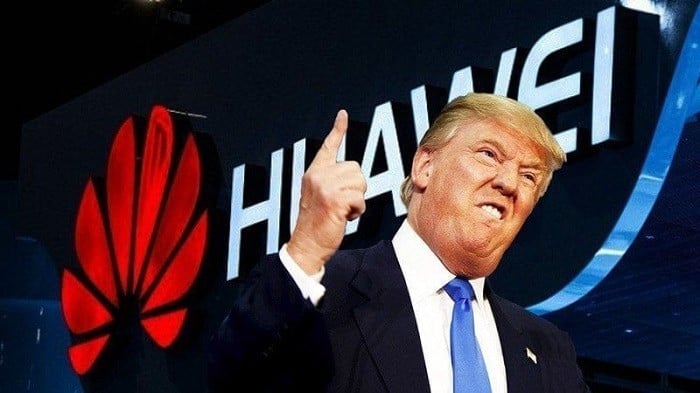
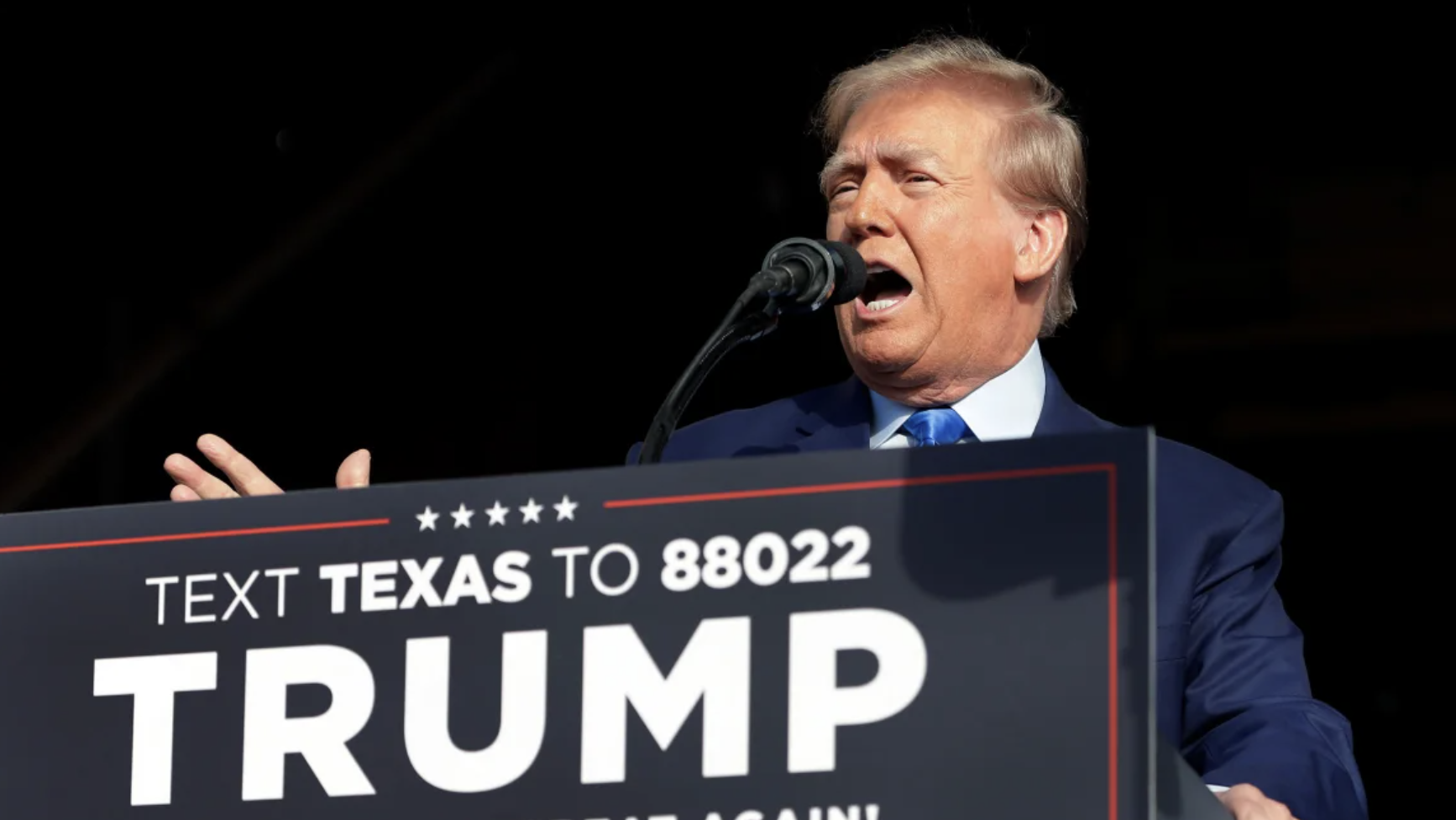


![[Photo] Prime Minister Pham Minh Chinh and Prime Minister of the Kingdom of Thailand Paetongtarn Shinawatra attend the Vietnam-Thailand Business Forum 2025](https://vphoto.vietnam.vn/thumb/1200x675/vietnam/resource/IMAGE/2025/5/16/1cdfce54d25c48a68ae6fb9204f2171a)


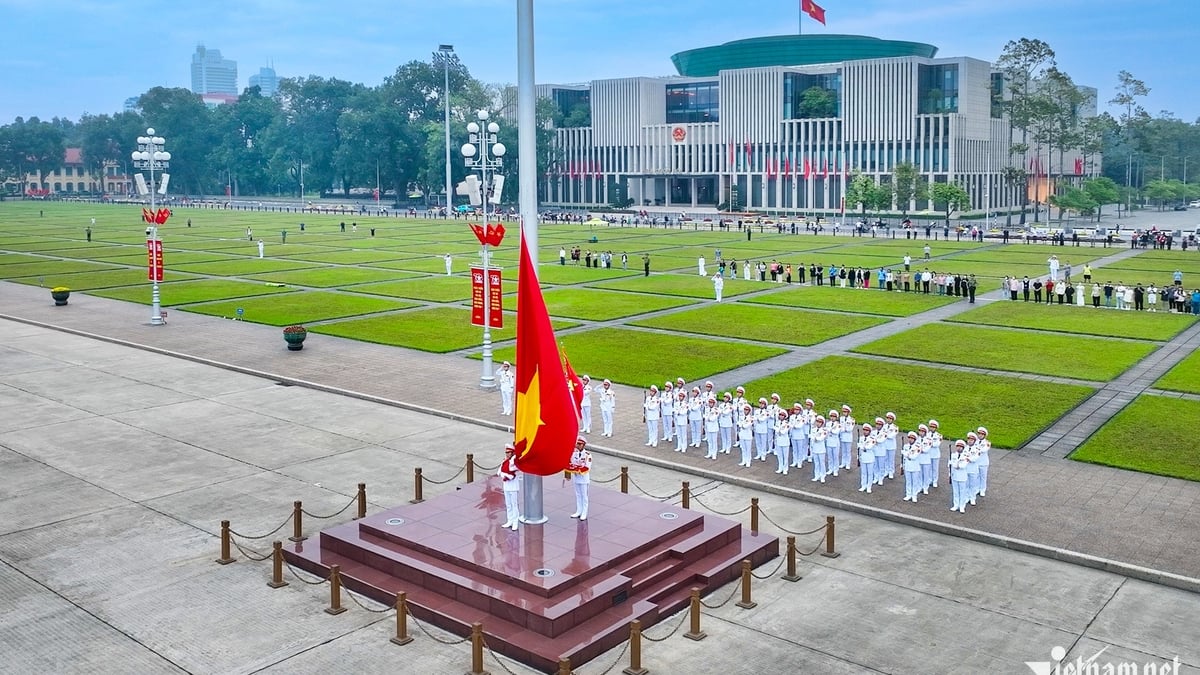





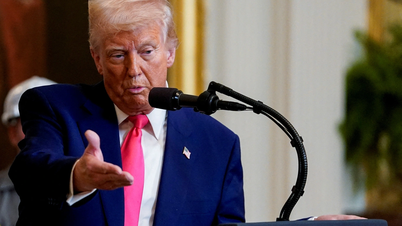




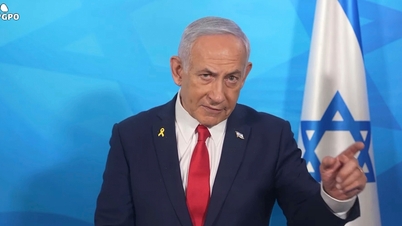









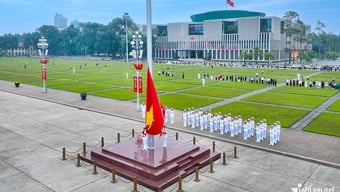




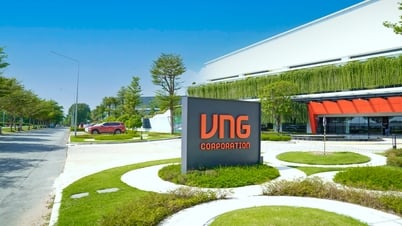
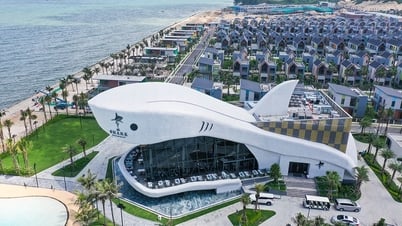

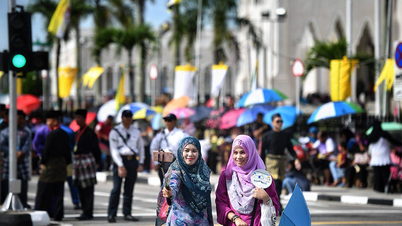
![[Photo] President Luong Cuong receives Prime Minister of the Kingdom of Thailand Paetongtarn Shinawatra](https://vphoto.vietnam.vn/thumb/1200x675/vietnam/resource/IMAGE/2025/5/16/52c73b27198a4e12bd6a903d1c218846)















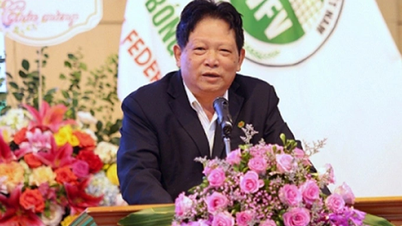




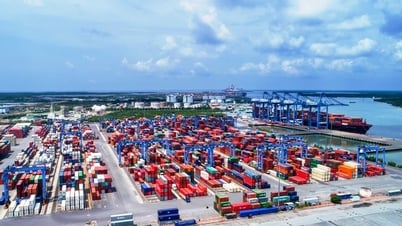
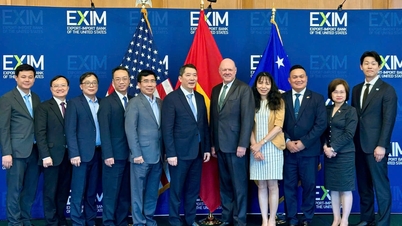


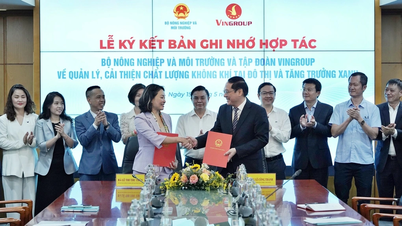

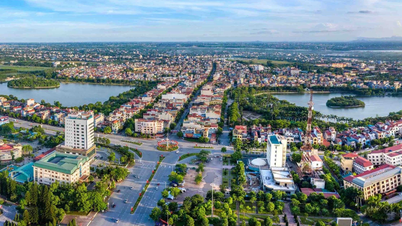






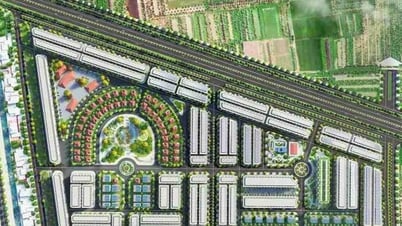


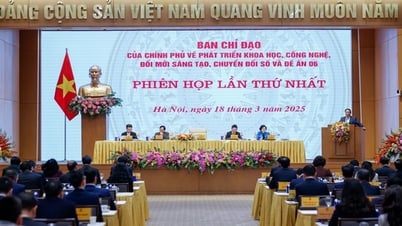


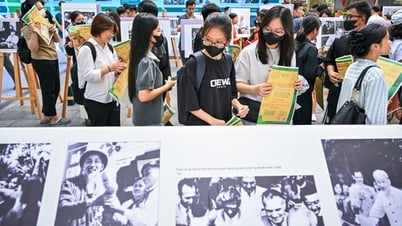
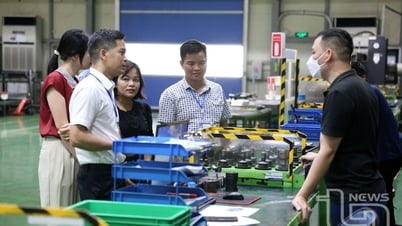




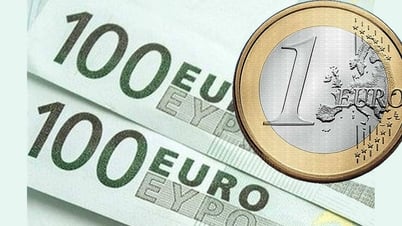






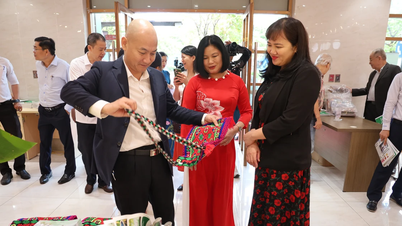




Comment (0)